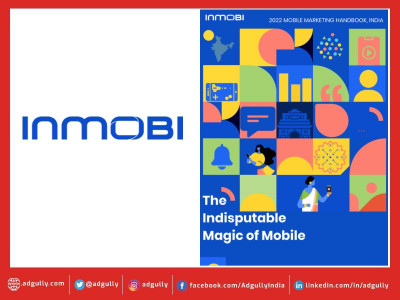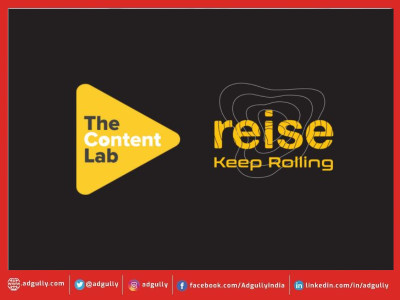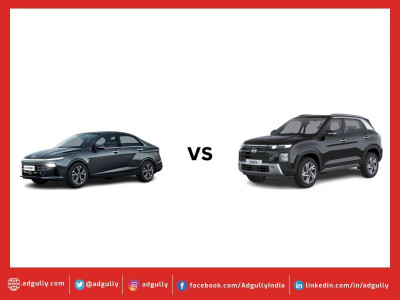Live market industry estimated to reach $4-5 bn in India alone by 2025: Inmobi
While there has been a lot of talk about the Metaverse’s potential, the truth is that a whole generation of consumers is already living in a version of it. Indians have embraced their digital life, whether it is for daily needs such as buying on apps, watching the latest movies in the palm of their hands, or gaming to interact with virtual communities. Consumers’ expectations of companies have risen considerably as they spend more time linked into their phones, and they are increasingly eager to engage in meaningful data sharing if it leads to a more satisfying experience.
It can be confidently asserted that the Indian advertising ecosystem is entering a new era. Expectations from consumers, brands, agencies, and media owners are at an all-time high today, thanks to the epidemic that has expedited the digital revolution. In order to stay afloat in a quickly changing ecosystem, marketing firms will need to focus their strategy on three critical pillars: people, platforms, and partners. Brands will be able to withstand the test of time if they make the appropriate investments in these three areas.
According to the Inmobi’s 2022 Mobile Marketing Handbook - India, The Indisputable Magic of Marketing, India remained the second-largest market behind China in terms of total App Store and Google Play installs, reaching 7 billion for the fourth quarter in a row. With a 9% increase from the previous quarter, India’s downloads hit a new high in Q2 2021.
COVID-19 kept people indoors, thus Indians spent 20% more time in-app in Q3 2021 than they did in Q1 2020. Between 2019 and Q3 of 2021, the average daily hours spent per device in India increased by 37%.
Increased investment in the area of mobile commerce demonstrates the Indian market’s allure. In 2021, Softbank would spend $3 billion in Indian companies, with the amount expected to rise to $10 billion by 2022. Zomato has also stated that between 2022 and 2023, it will invest $1 billion in start-ups. Increased investments in the start-up industry have created a plethora of opportunities for shopping-related inventions.
The Live market industry is estimated to reach $4-5 billion in India alone by 2025, owing to shifting customer tastes, content consumption patterns, and technical advancements. A number of factors have led to its rapid rise, beginning with India’s increasing smartphone and Internet penetration.
In 2020, 54 per cent of Indians were said to have a smartphone, with that number expected to rise to 96 per cent by 2040. The key features are:
• Immediate impact - Live Commerce evokes a sense of urgency, prompting real-time action ranging from likes to purchases.
• Increased trust - Authentic tales and relatable storytelling build brand trust, solidifying a business's position among existing customers and attracting new ones.
• Differentiation - Traditional product catalogues lack the thrill that live commerce provides.
• Versatility - Live commerce's possibilities are limitless: a company can partner with micro and macro influencers, promote new launches, or receive real-time feedback on its products.
With the average Indian spending over five hours per day on their cellphones, mobile has become the backbone of brand strategy across the region as marketers aim to understand, identify, engage, and acquire audiences. This entails concentrating on three things to provide consumers with great mobile experiences: understanding your customers, meeting them where they are, and empowering them to make educated decisions.
Understanding your customers with mobile-first consumer intelligence
Because mobile users are always connected, they generate a large amount of data that brands can use to better understand customer sentiment and create more targeted, personalised experiences, particularly with technologies like polygon-based location targeting and first-party data-based deterministic audiences.
Meet your customers where they are with mobile video and gaming
With video and gaming capturing a large portion of users’ attention, advertising must meet them where they are. Brands have experienced a significant increase in their ROI from mobile-first programmatic advertising in these situations.
Enable your consumers with immersive experiences that inform
Brands must focus on delivering tailored experiences at scale that empower customers. Whether it’s by enabling people to buy things instantaneously with shoppable ads, bridging the gap between their digital and physical worlds with online to offline experiences, or even reaching members across a home with cross-device solutions, you can help them.
Brands that do not improve their mobile marketing maturity will eventually fall behind their competitors and, more crucially, will fall behind the connected customer. In 2022, resilient brands will focus on mobile programmatic buying, video, game advertising, and data-driven personalisation.


















Share
Facebook
YouTube
Tweet
Twitter
LinkedIn